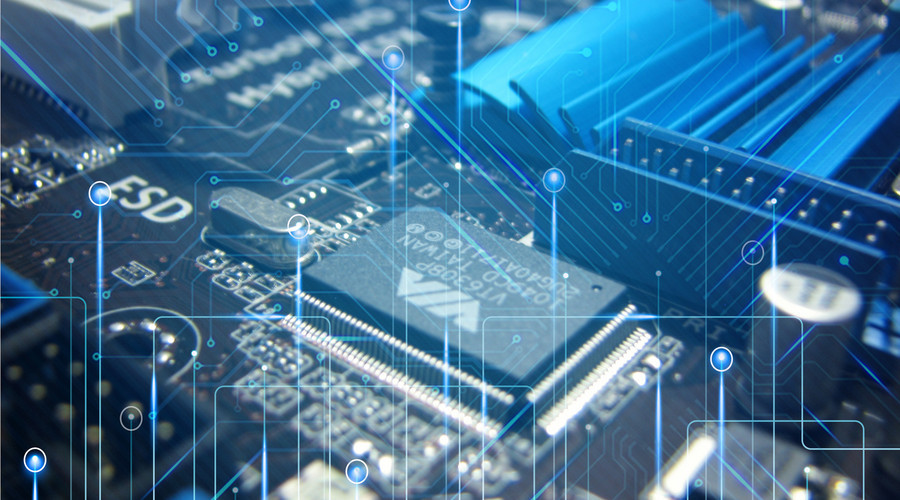Several ways of classifying PCB
With the rapid development of 3C products and the electronicization of traditional home appliances, the application range of printed circuit boards is becoming more and more extensive. Printed circuit board is generally referred to as PCB (PrintedCircuitBoard) or PWB (Printedwireboard). It is the basic component in the electronics industry. It is used in 3C products such as electronic watches, mobile phones, computers, etc., even in military weapons. Traces of PCBs can be seen on communication equipment and space shuttles.
Multi-layer board increases wiring area, soft board breaks space limitation
At present, there are two main ways to classify PCBs: one is based on the number of layers, and the other is classified according to its hardness. According to the number of layers, the PCB can be divided into single-panel, double-panel and multi-layer boards. Generally, the multi-layer boards are mostly 4 or 6 layers, and complex can even be up to several tens of layers.

A single panel is the most basic PCB. As the name implies, the wires are concentrated on one side, while the parts are on the other side (but the patch parts are on the same side as the wires). Because the single panel is limited in design, most of them are only Can be used for simple wiring, early electronic products or electronic products that have traditionally changed less often use single panels.
In the double panel, there are wires on the upper and lower layers, and the through holes are passed through to connect the upper and lower wires to each other. Therefore, the double-panel of the same size can double the wire design area of the single-panel, and can solve the problem of more electromagnetic interference caused by the staggered wires in the single-panel, so it is suitable for more complicated circuit design.
The multi-layer board combines single and double panels to increase the wiring area. It is usually the most common to use two double-layer boards as the inner board, and then two single-layer boards are used on the outside, and then a four-layer multi-layer board is formed by a combination of a positioning system and an insulating bonding material.
In addition, according to the soft hardness classification, it can be divided into a rigid circuit board, a flexible circuit board, and a soft and hard combination board. The thickness of rigid boards typically ranges from 0.2 mm up to 2.0 mm, while flexible boards typically have a thickness of 0.2 mm and are then thickened where soldering is required. The emergence of flexible circuit boards is mainly due to the limited space of the mechanism, so the use of a bendable PCB is required to achieve space requirements. The material of the flexible circuit board is mostly a material such as a polyester film, a polyimide film, and a fluorinated ethylene propylene film.
Grace Zheng
Email: sales06@andwinpcb.com
